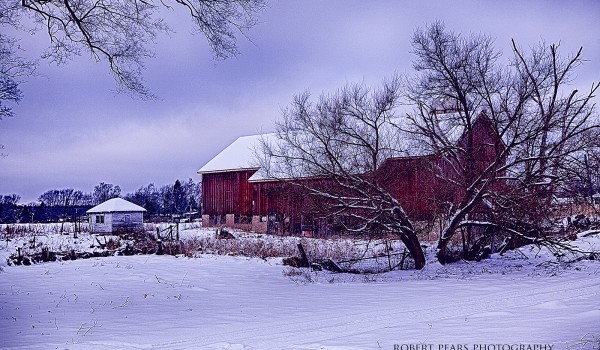
Camera Basics 101 The Focal Length and Aperture
When you think of the aperture think of the iris in your eye. In bright light your iris becomes small allowing less light but as it gets darker the iris opens up allowing more light in. So when we talk about the aperture we are talking about the lens opening. The lens opening impacts two things, the amount of light allowed in and the depth of focus.
Light travels in wavelengths that move in straight lines. Everything is emanating or reflecting light. If you have ever made a pinhole camera you will release it produces sharp images. As you increase the size of hole the sharpness decreases. Another thing to be aware of is much like the eye when the image is received on the sensor or film it is upside down.
As light passes through the pinhole or opening the light fans out to form an image rather than just a single point the size of the hole or opening. The purpose of the lens is to control the amount of light getting in and the image being produced. Most lenses are convex, that is, they collect a large number of rays of light and bend them so they converge and form a sharp image. When you think of a lens think of a glass of water and how it distorts something put in it like a straw or spoon. This is referred to as refraction. With the lens it has a curved surface so as light hits the surface at a certain angle it will be bent and leave at an angle. The light is focused so that the rays focus on a focal point on the focal plan (sensor). Best on the aperture the size of the focal point will vary.
Lenses differ based on their focal length and F stop range or aperture opening. The focal length is the distance between the lens’ rear nodal point and the focal plane (sensor or film) when the lens is focused to infinity. The shorter the lens the more light is bent and the smaller the image. As you increase the focal length the less light is bent and the larger the image. A focal length of 50mm will give an image twice the size of an image seen through a focal length of 25mm. Make sense? A 50mm focal length lens bends light by around 47 degrees while a 300mm lens only bends light by 8 degrees.
With cameras you must also factor in the crop size. With many cameras they have a crop size. Using a 35mm film the normal focal length is a 50mm lens. That means using a 35mm film with the 50mm focal length lens you would see the same as you see with your eyes. If you have a full frame camera it is equivalent to a 35mm film. With a full frame a 50 mm focal length is a normal focal length. However, with APS-C lens they have a crop factor. For most this is between 1.3 and 1.6. So with a 1.6 crop factor the 50 mm lens actually becomes 50 x 1.6= 80. So to get a normal focal length you need a smaller lens that is just under 35mm for a sensor with a 1.6 crop factor. So if you have a APS-C camera you need to multiply the focal length by the crop factor. This can give you some extra zoom for those who want zoom capabilities but if you want a wide angle it will hurt you. For example if you have a wide angle of say 20mm with a 1.6X crop factor with a APS-C camera the focal length works out to be 32 mm.
A point to note is that with wider angle lenses objects or components that are closer to the lens will appear larger while those in the background appear smaller. This is reduced as the focal length increases. So with a wider angle if you take a close up of a person their nose or chin will appear bigger while using a zoom lens it will look more natural. Also if you take a photo of a cityscape the skyscrapers look smaller. We will discuss in another lesson impacts of focal lengths on photos.
Here are some points to remember with focal lengths. Wider angles have a greater depth of field compared to zoom lenses. Wider angle lenses typically have more issues such as chromatic aberrations or purple fringing.


Leave a Reply